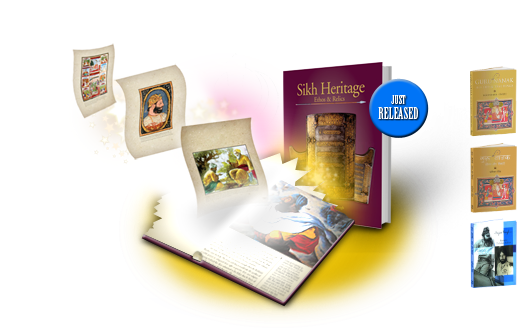Indian writers went places and published books galore. They experimented with themes and forms and took various routes—spirituality, scholarship, scintillating stories, sex— to get to our bookshelves in 2010.


The clear star is Siddhartha Mukherjee, a doctor who wrote The Emperor of All Maladies: A Biography of Cancer, last month and has won critical acclaim while also storming onto the bestseller lists in the US.
William Dalrymple’s Nine Lives: In Search of the Sacred in Modern India took readers along on a journey into spirituality, even as fiction lovers explored the world of the Nobel Prize-winner Orhan Pamuk, through his The Museum of Innocence.
We must have no Price and Everyone must Know that we have no Price declared Arun Shourie, magisterially. Many empathised with To the Last Bullet in which Vinita Kamte and Vinita Deshmukh wrote about Ashok Kamte, the brave police officer who was gunned down by terrorists during 26/11 attacks.
Shrabani Basu penned down Victoria and Abdul: The True Story of the Queens’ Closest Confidant about trust that transcended race, whereas Krishan Partap Singh’s Delhi Durbar kept readers on the edge of their seats in a contemporary drama. Talking of cutting edge, it took Sarnath Bannerjee’s Corridor, to make most of us realise the difference between a comic book and a graphic novel, its post-modern avatar.


Chetan Bhagat broke all (his) previous sales records with 2 States: The Story of My Marriage, which was a hit with everyone (a reported 10 lakh copies sold), but his nit-picking critics. On the other hand 100 Poems showed that the beauty of Faiz Ahmed Faiz’s poetry transcends the limitations of language.
Taslima Nasreen’s No Country for Women flew off the bookshelves. Many who wanted to find out more about their favourite novelist picked up A Warrior’s Life: A Biography of Paulo Coelho. Talking about writers, Humra Quraishi teamed up with India’s best-known author for Absolute Khushwant.
So what if the Akalis ousted Capt. Amarinder Singh from the Punjab Legislative Assembly, he found time to come out with The Last Sunset: The Rise and Fall of the Lahore Durbar, which was well received.
The rising growth rate could not mask economic worries as people picked up
Joseph Stiglitz’s Freefall: Free Markets and the Sinking of the Global Economy as well as Jim Rogers’ A Gift to my Children: A Father’s Lessons for Life and Investing.
The Australian couple Allan and Barbara Pease brought out another bestseller, Why Men Want Sex and Women Need Love. Robin Sharma continued his success story with The Leader Who Had No Title.


Those fond of nostalgia made a beeline for the re-printed Lepel H. Griffin and Charles Francis Massy’s Chiefs and Families of Note in Punjab which has now been made available to Indian readers. Many others read Shobhaa at Sixty: Secrets of Getting it Right at any Age, yet another book from De who defies strait-jacketed classification.
One of the nation’s top luminaries, Fali S. Nariman, gave us Before Memory Fades: An Autobiography, even as V.S. Naipaul drew flak for failing to deliver in The Masque of Africa. On the other hand, Salman Rushdie’s Luka and the Fire of Life was widely appreciated. Ramachandra Guha brought alive the Makers of Modern India, earning himself an advance that made writing biographies alluring.
As the sun sets on 2010, it is only fitting that Khushwant Singh’s The Sunset Club sounds the Last Post. The man who has written more books than he can remember, reflects on various moods of life, as do we.

This is an expanded version of an article published in The Tribune.



